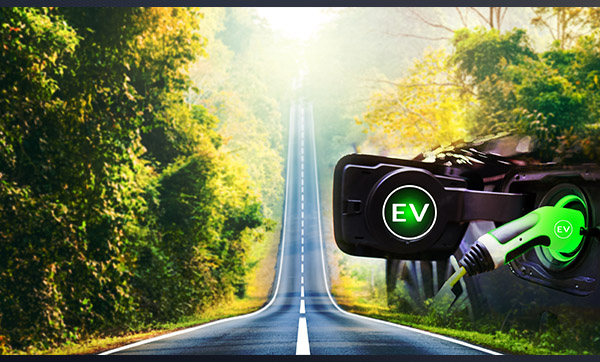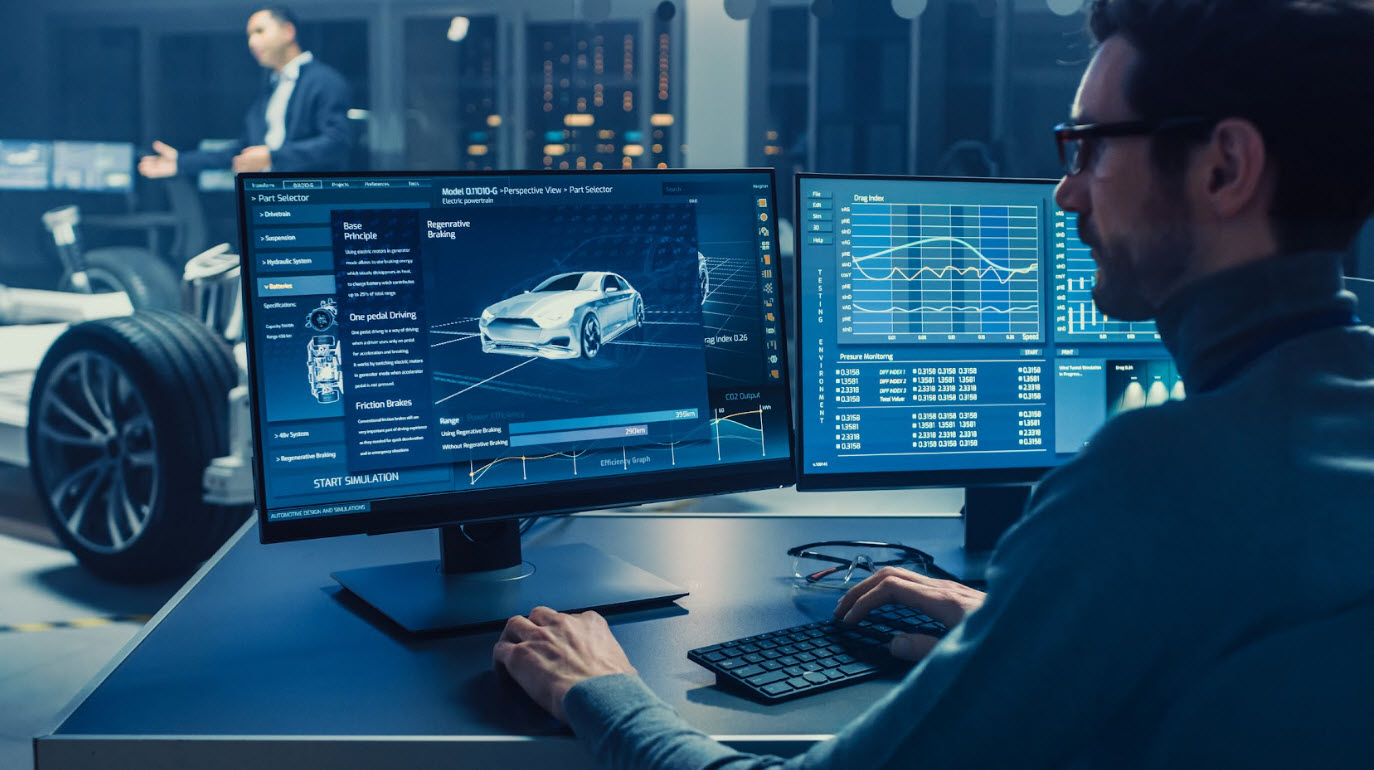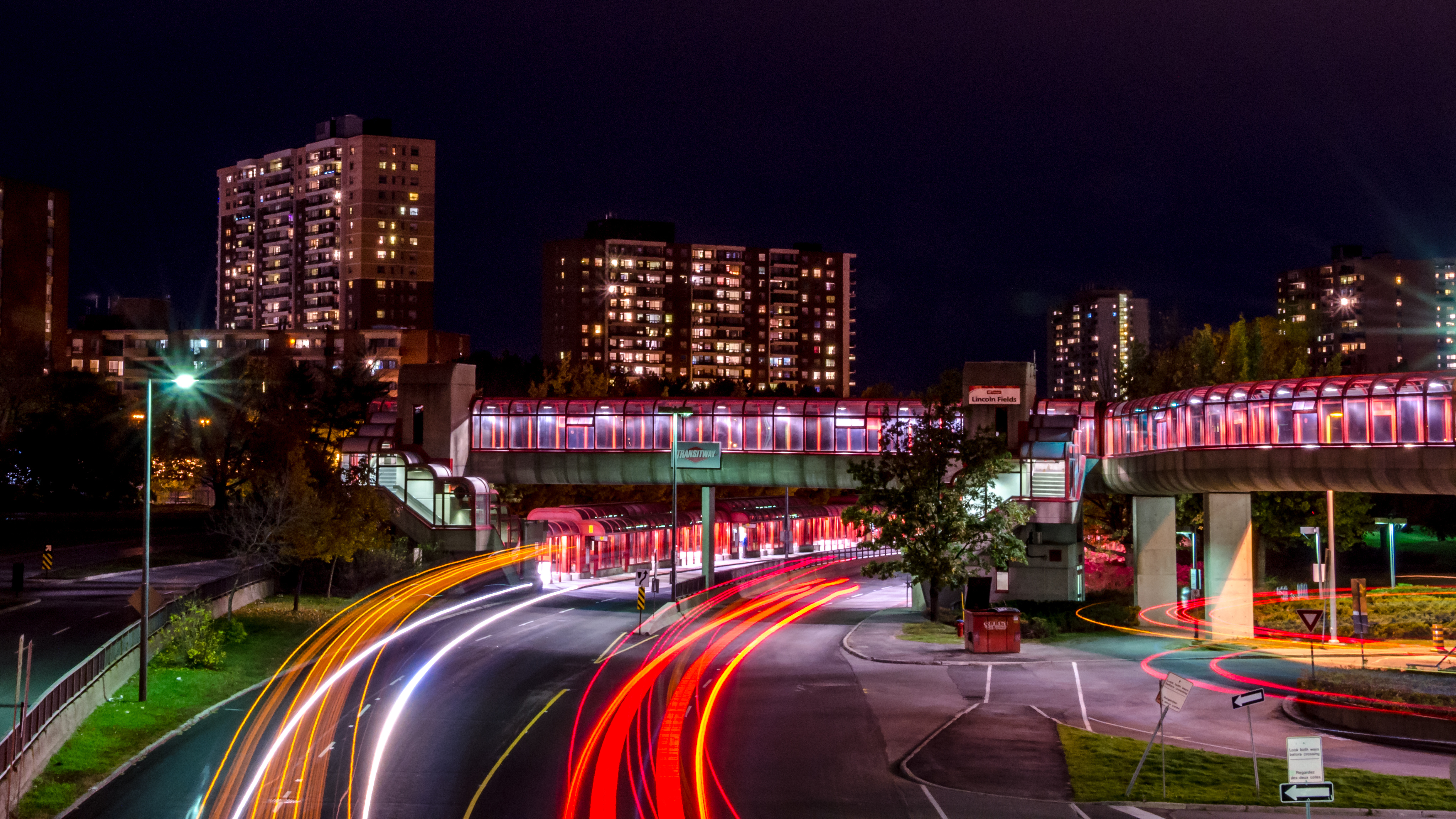Electrification

Climate change and the urgent need to reduce carbon emissions are driving innovation and change in the electricity sector and within our community. The reason is that electricity is a cleaner energy source compared to fossil fuels like gas, oil, and coal. In Ontario, we're fortunate to rely on an electricity supply that's nearly emission-free, thanks to our reliance on clean energy sources.
This shift from fossil fuels to electricity is set to transform our daily lives. From the vehicles we drive to how we heat or cool our homes and businesses to our purchasing decisions to conserving energy or shifting our electricity use - we all have a role to play in the energy transition.
At Hydro Ottawa, we’re preparing for an electrified future, and helping our customers do the same. Through innovative initiatives to better manage EV charging, expand public EV charging stations, and advance public information and education on cleaner technologies like heat pumps, we're driving progress toward a sustainable, clean-energy future.
And, as our city continues to grow and more residents turn to electricity, we're evolving and expanding how we build, operate, and maintain our grid, so our customers can continue to plug in safely and reliably.
See how we’re preparing.
- Smart grid technologies: We're investing in smart grid technologies to ensure we are responsive to the evolving energy needs of our customers.
- Demand response initiatives: We’re leading innovative solutions to help our customers manage an ecosystem of devices—from EV chargers and thermostats to water heaters and more.
- Responsible infrastructure investments: We're making strategic upgrades to our infrastructure to accommodate increased electrification while maintaining grid stability.
What is electrification and the energy transition?

Examining Canada’s EV trajectory
Learn more
What the shift to electric vehicles means for Canada (part one)
Learn more
What the shift to electric vehicles means for Canada (part two)
Learn more
Will electrification solve our emissions problem?
Learn more